Nature reports
Page 55 of 68 - 676 Results
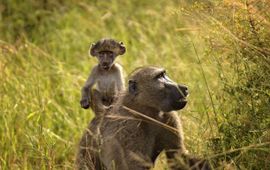
An international team of scientists has revealed how canny baboons in Cape Town use a sit-and-wait tactic before raiding people’s homes for food. This has been shown by data gathered from bespoke baboon-tracking collars...

The recent uproar about seats on a British Airways flight crawling with bedbugs is only one of the unintended consequences that urbanization worldwide has on evolution, says a University of Toronto researcher whose new study takes..
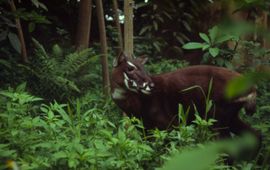
The saola, a primitive wild cattle endemic to the Annamite mountain range in Vietnam and Lao People’s Democratic Republic (PDR), is in immediate danger of extinction. The primary threat to its survival is intensive commercial..
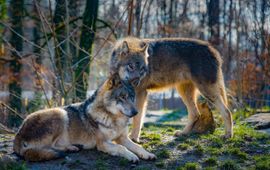
Following domestication, dogs should be more tolerant and cooperative with conspecifics and humans compared to wolves. This is at least often hypothesized. But looking at wolves and dogs in more naturalistic living conditions,..
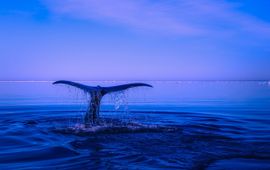
Whales and dolphins live in tightly-knit social groups. They have complex relationships, talk to each other and have even regional dialects: much like human societies...
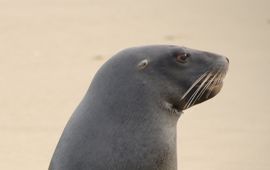
Getting caught in fishing nets is a major cause of death for the increasingly endangered New Zealand sea lion. This was published by researchers from the University of Otago, Massey University and the University of Toronto in the..
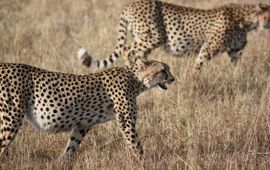
The Convention on Migratory Species (CMS) and the Convention on International Trade in Endangered Species of Wild Fauna and Flora (CITES) will submit their plan to the CMS COP12 wildlife summit in Manila later this month...
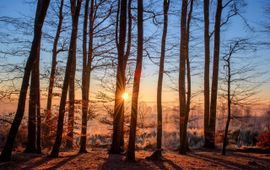
Nature could cost-effectively deliver over a third of greenhouse gas emissions reductions required to prevent dangerous levels of global warming. This is equivalent to a complete stop to the burning of oil, worldwide...
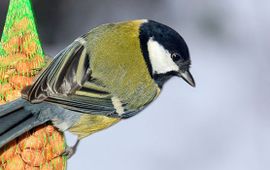
A British enthusiasm for feeding birds may have caused UK great tits to have evolved longer beaks than their European counterparts, according to new research. The findings, published in Science, identify for the first time the..
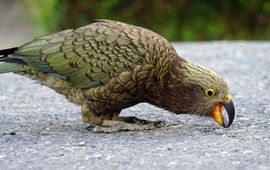
Researchers have discovered that New Caledonian crows and kea parrots can learn about the usefulness of objects by playing with them - similar to human baby behaviour...
